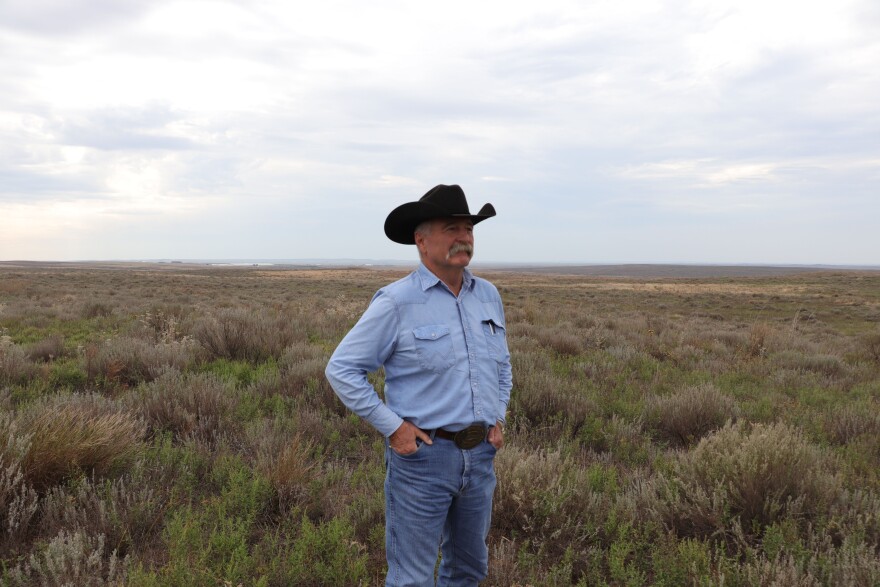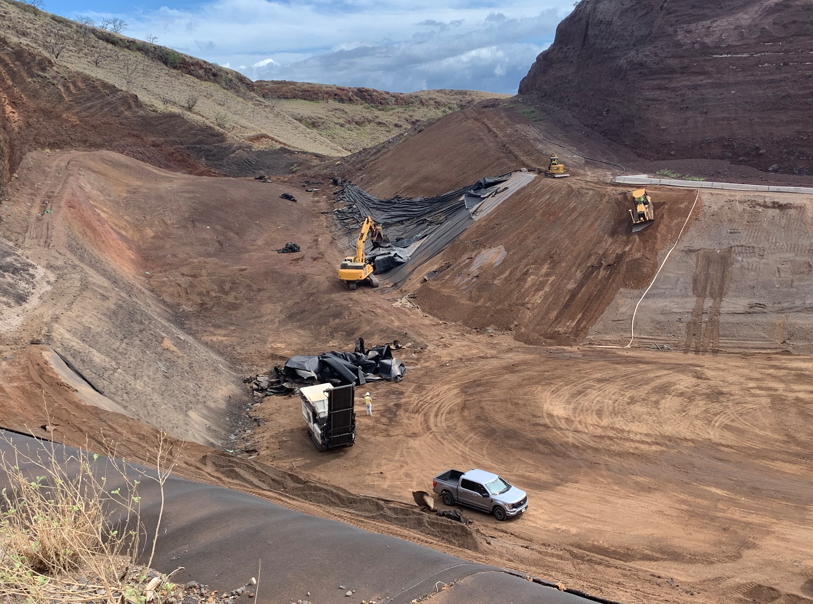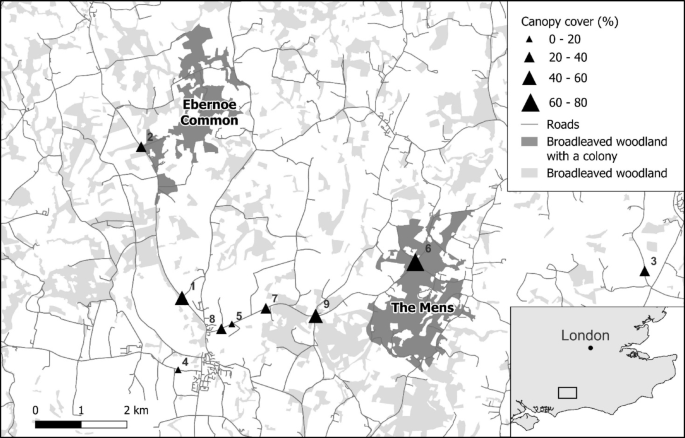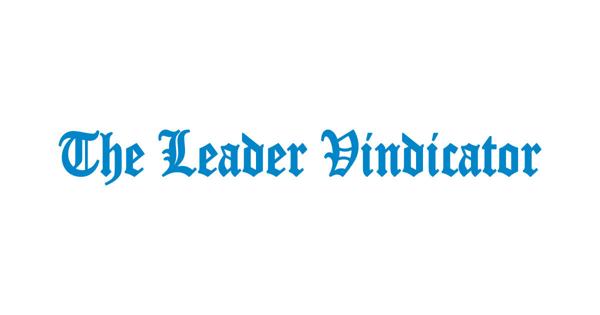Report on Conservation Efforts for the Lesser Prairie Chicken and Alignment with Sustainable Development Goals
1.0 Introduction: Biodiversity Under Threat
The conservation of the lesser prairie chicken serves as a critical indicator for the health of sagebrush prairie ecosystems, directly aligning with Sustainable Development Goal 15 (Life on Land). This report examines the challenges and collaborative efforts to protect this species and its habitat, which is essential for halting biodiversity loss and reversing land degradation.
- Habitat Loss: The natural range of the lesser prairie chicken has diminished by approximately 90%, a significant threat to terrestrial biodiversity (SDG 15.5).
- Primary Threats: Key drivers of habitat degradation include:
- Woody encroachment
- Renewable energy infrastructure development
- Oil and gas exploration and production
- Land Stewardship: Nearly all of the species’ remaining habitat is on private land, making landowner engagement fundamental to achieving conservation outcomes.
2.0 Policy Instability and its Impact on Partnerships
Fluctuations in the legal protection of the lesser prairie chicken under the Endangered Species Act have created significant challenges. This policy uncertainty undermines the trust necessary for effective collaboration, impacting Sustainable Development Goal 17 (Partnerships for the Goals).
- Legal Status: The species was granted federal protection in 2014 and 2022, but these listings were subsequently overturned, most recently by a Texas judge in August.
- Erosion of Trust: According to the Oklahoma Department of Wildlife Conservation, the on-and-off protected status fosters skepticism among landowners, potentially hindering participation in government-led conservation initiatives. This instability complicates efforts to build the strong, multi-stakeholder partnerships (SDG 17.16, 17.17) required for long-term success.
3.0 Integrating Economic Viability with Environmental Stewardship
Innovative models that merge economic incentives with conservation are proving essential for sustainable land management. These approaches support Sustainable Development Goal 8 (Decent Work and Economic Growth) and Sustainable Development Goal 12 (Responsible Consumption and Production) by ensuring that conservation is economically viable for landowners.
3.1 Case Study: Gardiner Angus Ranch
- Conservation Banking: The 48,000-acre Gardiner Angus Ranch participates in a conservation banking project with Common Ground Capital. This market-based mechanism provides financial payments to the ranch for permanently preserving habitat.
- Economic and Environmental Synergy: This model creates a “win-win” scenario where energy developers can mitigate their environmental impact by investing in conservation, while ranchers receive a sustainable income stream that supports their business. This directly contributes to sustainable economic growth (SDG 8) and promotes responsible production patterns (SDG 12).
- Landowner Alliances: The formation of the Lesser Prairie-Chicken Landowner Alliance exemplifies a partnership-driven approach (SDG 17) to create financial opportunities for ranchers engaged in species protection.
4.0 State-Led Voluntary Conservation Programs
State agencies are leveraging voluntary programs to advance conservation, demonstrating a successful framework for achieving SDG 15 (Life on Land) through local action and cooperation.
- Voluntary Agreements: As of May 2025, the Oklahoma Department of Wildlife Conservation had enrolled 366,375 acres in voluntary conservation agreements, guiding ranchers on cattle production practices that benefit the lesser prairie chicken.
- Sustainable Practices: The Oklahoma Conservation Commission promotes sustainable land management practices that restore habitat, including:
- Eastern red cedar removal
- Prescribed burns
- Rotational grazing
- Financial Support: Cost-share options, covering up to 90% of the financial burden for farmers and ranchers, are available to incentivize the adoption of these sustainable practices, aligning with targets for mobilizing financial resources for sustainable ecosystem management (SDG 15.a).
5.0 Conclusion: A Pathway to Sustainable Ecosystem Management
The effort to restore the lesser prairie chicken population highlights the interdependence of environmental health, economic stability, and collaborative governance. The success of this initiative hinges on a voluntary, partnership-based approach that empowers private landowners. By aligning conservation with economic incentives, stakeholders are creating a sustainable model that not only protects a key species but also contributes directly to achieving multiple Sustainable Development Goals, particularly SDG 15 (Life on Land) and SDG 17 (Partnerships for the Goals). A broad, public movement focused on habitat restoration is necessary to secure the future of the species and the prairie ecosystem it inhabits.
Analysis of Sustainable Development Goals in the Article
1. Which SDGs are addressed or connected to the issues highlighted in the article?
-
SDG 15: Life on Land
This is the most prominent SDG in the article. The entire piece focuses on the conservation of a specific terrestrial species, the lesser prairie chicken, and the protection and restoration of its sagebrush prairie habitat. The article details the threats to this ecosystem, such as habitat loss (a 90% reduction in range), and the efforts to protect biodiversity through conservation agreements and sustainable land management.
-
SDG 17: Partnerships for the Goals
The article highlights the critical role of collaboration among various stakeholders. It describes partnerships between private landowners (like Mark Gardiner), government agencies (Oklahoma Department of Wildlife Conservation, U.S. Fish and Wildlife Service), private sector entities (Common Ground Capital), and civil society groups (Lesser Prairie-Chicken Landowner Alliance). These multi-stakeholder partnerships are essential for mobilizing resources and expertise to achieve conservation goals, as stated, “scientists and advocates have historically relied on landowners to help save the species.”
-
SDG 2: Zero Hunger
The article connects conservation with agriculture. The land in question is a 48,000-acre ranch used for a “multi-generational cattle business.” The discussion of “rotational grazing” and developing “sustainable land management practices” directly relates to sustainable agriculture. The goal is to maintain food production (cattle ranching) while simultaneously preserving ecosystems and wildlife, aligning with the aim of creating sustainable food production systems.
-
SDG 8: Decent Work and Economic Growth
The article explores how conservation can be economically viable for landowners. The “conservation banking project” provides payments to ranchers for preserving their land, which helps them “reduce the number of years the business would need to pay off its debt.” This illustrates an effort to decouple economic activity from environmental degradation by creating financial incentives for sustainable practices, ensuring the ranch remains a viable business for future generations.
2. What specific targets under those SDGs can be identified based on the article’s content?
-
Target 15.5: Take urgent and significant action to reduce the degradation of natural habitats, halt the loss of biodiversity and, by 2020, protect and prevent the extinction of threatened species.
The article is centered on this target. The lesser prairie chicken is a threatened species whose natural range has shrunk by 90%. All conservation efforts described, from voluntary agreements to conservation banking, are direct actions aimed at protecting this species, reducing the degradation of its prairie habitat, and preventing its extinction.
-
Target 15.9: By 2020, integrate ecosystem and biodiversity values into national and local planning, development processes, poverty reduction strategies and accounts.
The conservation banking project is a clear example of this target in action. It integrates the value of the lesser prairie chicken’s ecosystem into economic and development processes. The article states, “Energy developers or other companies looking to mitigate their land impacts invest in the projects, funding the conservation.” This mechanism forces developers to account for biodiversity in their planning.
-
Target 17.17: Encourage and promote effective public, public-private and civil society partnerships, building on the experience and resourcing strategies of partnerships.
The article provides multiple examples of such partnerships. The collaboration between the Oklahoma Department of Wildlife Conservation (public), Mark Gardiner (private), and Common Ground Capital (private) for the conservation bank is a public-private partnership. The “Lesser Prairie-Chicken Landowner Alliance” is a civil society partnership formed by ranchers to achieve shared conservation and economic goals.
-
Target 2.4: By 2030, ensure sustainable food production systems and implement resilient agricultural practices that…help maintain ecosystems…
The article discusses agricultural practices that support both cattle production and wildlife. It mentions that voluntary programs like “rotational grazing” have been successful. The conservation agreements direct ranchers to “work with the department on cattle production that benefits the bird,” directly aligning with the goal of implementing agricultural practices that maintain ecosystems.
3. Are there any indicators mentioned or implied in the article that can be used to measure progress towards the identified targets?
-
Indicator for Target 15.5: Percentage of habitat loss and area under conservation.
The article provides a baseline metric of habitat degradation by stating the lesser prairie chicken’s natural range has “shrink by about 90%.” A key indicator of progress is the amount of land brought under protection. The article quantifies this, noting that as of May 2025, “the agency had enrolled 366,375 acres in voluntary conservation agreements for the lesser prairie chicken.” This acreage serves as a direct measure of conservation effort.
-
Indicator for Target 17.17: Number and type of multi-stakeholder partnerships.
The existence of specific collaborative bodies serves as an indicator. The article explicitly names the “Lesser Prairie-Chicken Landowner Alliance” and a “working group with biologists from across the lesser prairie chicken’s range.” The number of landowners and acres enrolled in state-run voluntary programs also indicates the scale and success of these partnerships.
-
Indicator for Target 2.4: Adoption of sustainable agricultural practices.
While not providing a specific number, the article implies that the adoption of practices like “eastern red cedar removal” and “rotational grazing” can be tracked. The success of these programs is mentioned, suggesting their implementation is a key metric for progress. The 366,375 acres under agreements that guide cattle production is a quantifiable indicator of land being managed with sustainable practices.
-
Indicator for Target 15.9: Financial flows for biodiversity conservation.
The article points to financial mechanisms as an indicator. The “conservation banking project” involves payments to landowners and investments from developers. The state’s cost-share options, which can “cover up to 90% of the financial burden for farmers and ranchers,” are another measurable financial flow dedicated to integrating conservation into land management.
4. Summary Table of SDGs, Targets, and Indicators
| SDGs | Targets | Indicators |
|---|---|---|
| SDG 15: Life on Land | 15.5: Halt biodiversity loss and protect threatened species. |
|
| SDG 17: Partnerships for the Goals | 17.17: Encourage effective public, public-private and civil society partnerships. |
|
| SDG 2: Zero Hunger | 2.4: Ensure sustainable food production systems and resilient agricultural practices that maintain ecosystems. |
|
| SDG 8: Decent Work and Economic Growth | 15.9 (from SDG 15): Integrate ecosystem and biodiversity values into development processes. (More relevant target than those in SDG 8) |
|
Source: kgou.org






